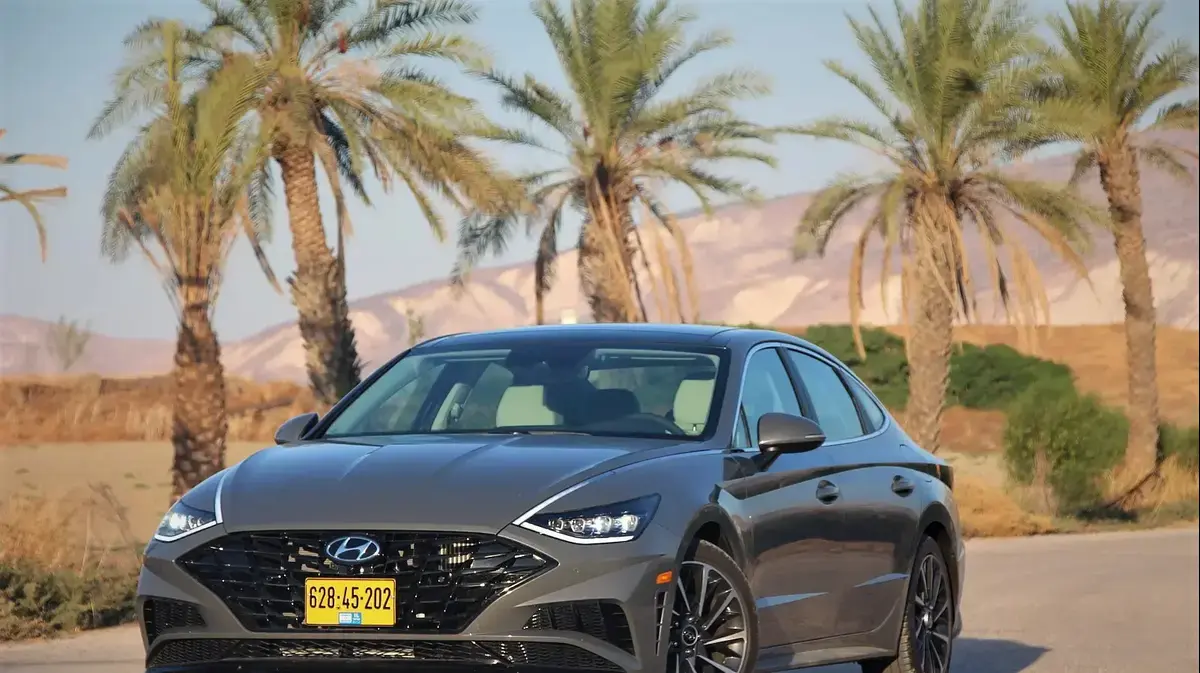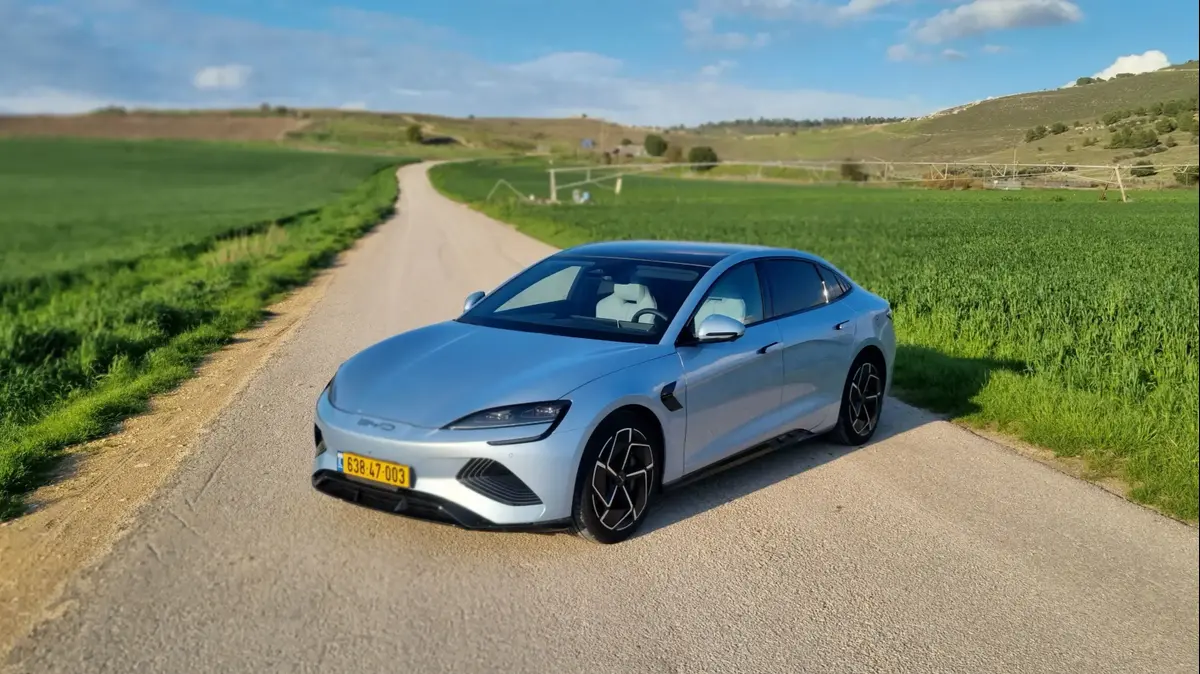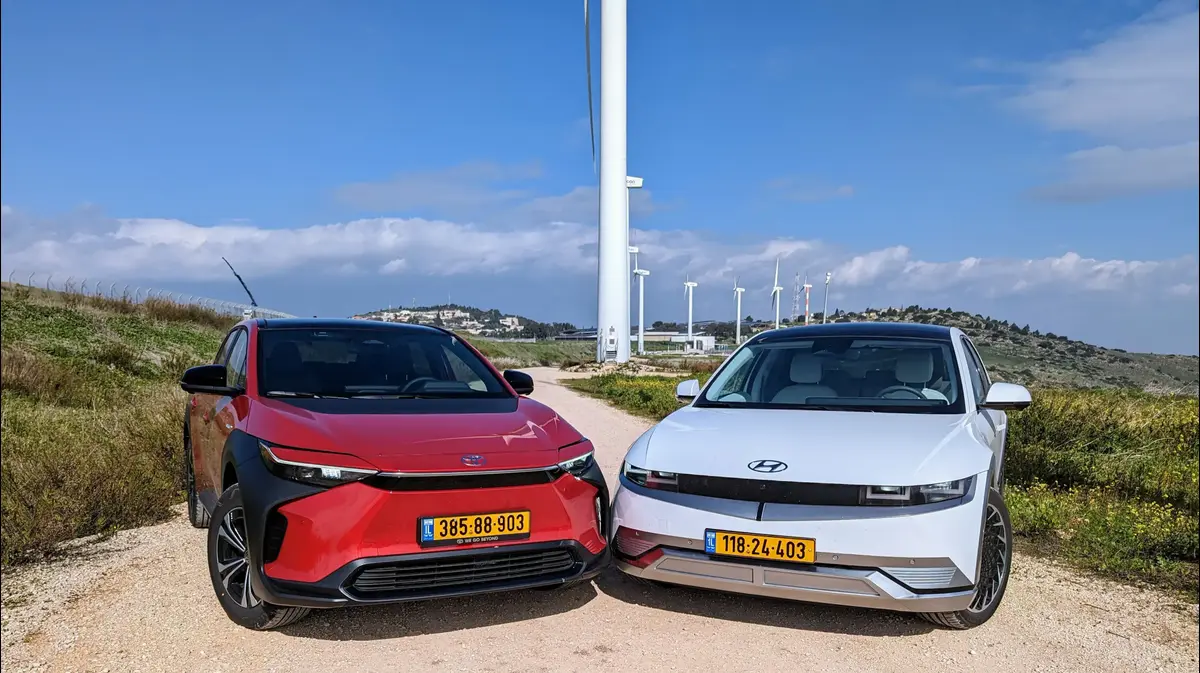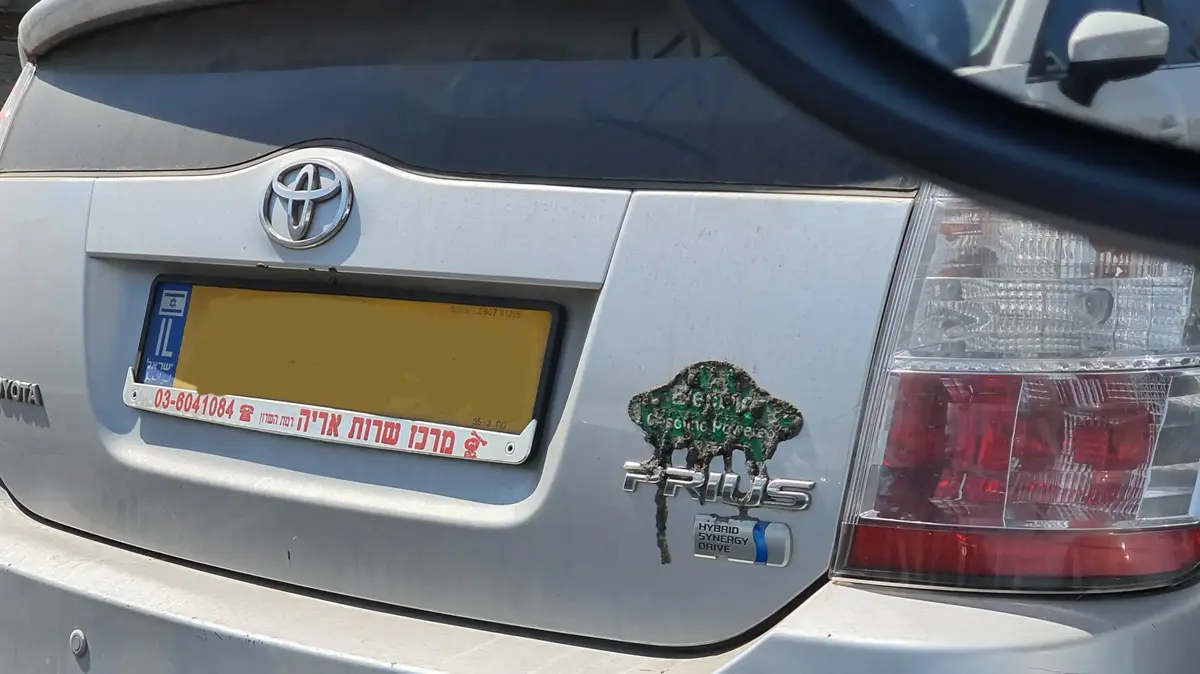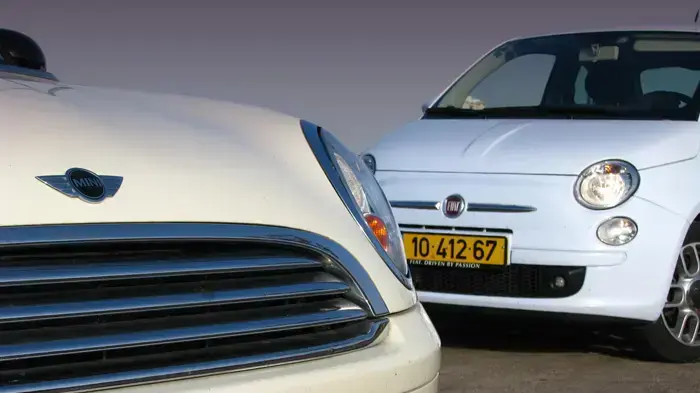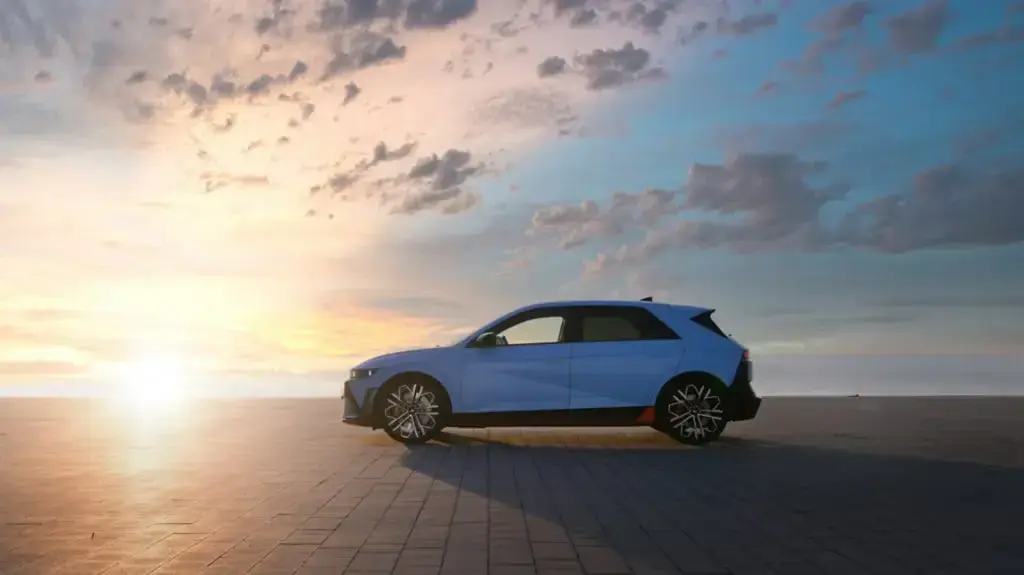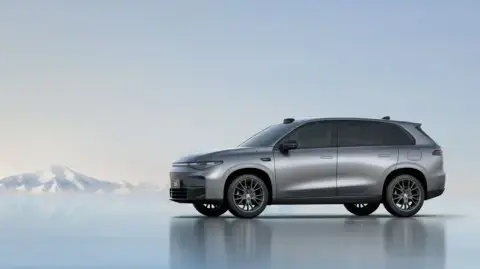vehicle
Vehicle tests
Road test: Hyundai Sonata 1.6 Turbo
The hybrid Sonata was recently joined by a turbo version that offers similar power.
We used them and now we can tell how different they are and which one is better?
Keep reading
Tags
Hyundai
sonnet
Road Test
Colmobil
Large family
Joel Schwartz
Friday, 26 November 2021, 00:18 Updated: 00:39
Share on Facebook
Share on WhatsApp
Share on general
Share on general
Share on Twitter
Share on Email
0 comments
I admit, I'm a fan of gadgets.
Especially those of the unnecessary variety, which already in the first use it is clear that there is nothing to do with them or it is easier to perform the task without the same glorified gadget.
Luckily I have the "right one" who knows how to put the brakes on when necessary and prevent me from being unnecessarily sad (and if you are reading this, then know that I do not agree with the last sentence I wrote).
Some will say that even in the Sonata Turbo that has just arrived in Israel, there is one such: the ability to drive this vehicle in a straight line back and forth using only the remote control, when the driver is outside the vehicle.
One button drives the car - an ingenious invention that has existed for years in almost every car manufactured in the US. Another button on the remote control allows you to navigate the car and bring it to you. Put the car in a crowded parking lot where it will be difficult to open the doors.
More on Walla!
Hyundai Elantra Hybrid in Israel: impressive and the price accordingly
To the full article
Elegant presentation, nice curves and an extroverted facade.
Sonata demonstrates Hyundai's great advances in design (Photo: Joel Schwartz)
Here, there is a solution to all those sardine parking lots: at the supermarket, at the beach, at the mall, where not.
All those places where you find that the person who parked next to you is less aware of the size of his door, and takes the trouble to mark it for you with a nice blow, and a matching scratch on your door.
I flew on this gadget.
"Just" less.
I mean he was nice to her, but she would not have spent a single extra shekel on him, if he had been extra paid.
Mainly because she claims those pure "souls" parked next to her need it more than her.
So they will pay, and all of humanity will benefit from it.
It has to be said that this is not a new gadget, it has been around for years in the end models of luxury brands, and even appeared on the Ionic 5 electric, but this is the first time it comes to Sonata in Israel, and it is one of the few differences between the new Sonata Turbo and the hybrid. And does not offer the feature.
The two offer the same exterior dimensions, the same interior space, the same advanced safety systems, the same design (except for slight differences at the bottom of the bumpers), and more or less the same comfort armature.
A look at the data sheet will reveal that the two have similar power, and almost the same weight.
So is there really a difference between them?
well yeah.
Quite large, and not just in price.
It looks very large, although not significantly longer than its predecessor (Photo: Joel Schwartz)
The reason for joining the turbo version now is the price increase of the hybrid version (between 9% and 12%, depending on the level of finish) as a result of the transition from Group 2 to Group 3 of green taxation. The turbo version has a 1.6-liter gasoline engine that produces 180 hp and is integrated into an 8-speed automatic transmission. Seemingly similar power and almost identical weight, are supposed to yield similar performance. So this is, no. The Sonata Hybrid is a very fast freeway cruise. The turbo version is much quicker and more adrenaline pushes you from the first press of the pedal. In fact she does it in a somewhat surprising way. Gently pressing the pedal does not bring the desired progress, then presses a little more and the car is fired from the place in a way that can be stronger than expected, and tired over time. This is due to both the pedal feel and the fact that a lot of torque comes from a very low RPM and pushes hard.
How can the turbo version be identified? The lower part is different in the front bumper and also in the rear (Photo: Joel Schwartz)
But this is actually the only complaint that has to be said about this power unit, because it performs everything else excellently. The torque peak comes from a very low rpm, 1,500 rpm, and remains stable up to 4,500 rpm. This is a large and efficient range that allows you to get a lot of power at almost any given moment. "D. In this range you get mostly a louder sound, and less impulse. It is best to shift gears using the comfortable levers behind the steering wheel and stay in the efficient part of the torque peak.
The gearbox is smooth, and works well with the power engine. It also offers two more gears compared to the hybrid, with both high gears allowing a pleasant cruise on the verge of leisurely gliding with almost no resistance, even at highway speeds 6. This is great for fuel economy, less when you leave the accelerator pedal out of a desire to slow down the car's bumper. In front of you and the car just keeps rolling without "engine braking"Really due to the long transfer ratio.
The average fuel consumption along the test route was 11.5 km per liter. With reasonable daily conduct you will achieve better consumption of around 12-12.5 km per liter.
On a leisurely cruise of 120 km / h along Route 6, the trip computer showed a consumption of 17.8 km / l.
The comparison to the hybrid sonata is simply obvious and based on previous tests we conducted on those roads, it is likely that the hybrid sonata will be economical between 20% -25% if most of the conduct is urban and 20% and even less if most of the travel is intercity.
A modern cabin, rich in instrumentation, but not everything is intuitive.
The climate control buttons are too small and uniform, the 8-inch screen looks small compared to what is on the market (Photo: Yoel Schwartz)
The Sonata Hybrid is one of the most comfortable cars in the category. A combination of basic softness, and 17-inch rims allowed it to be more forgiving in the face of distractions. The turbo version features a stiffer ride, mainly because it wears 18-inch rims and various tires: wider and lower-walled (235/55). Sonata Turbo still manages to absorb the bumps well, and neutralize the sting from any disruption, but it flickers on every hazard. Not in a blatant or unpleasant way, but more in the style of "recorded in the travel book of the car". The noise isolation is successful even though the hybrid with the slightly narrower tires, I remember as even quieter.
The valley roads and the various northern roads allowed the turbo version to dive at a high pace between a variety of turns and curves at different heights. The wide tires offered a lot of grip, with the suspensions on the other hand showing excellent restraint. This is still not a fun car to drive and not just because the steering wheel is too light in front of it, and the brakes are tired after a long effort.
The difference in the dashboard is the addition of the RPM meter instead of the hybrid energy consumption meter. In the spirit of the time, the RPM meter is reversed.
Less I liked (Photo: Joel Schwartz)
The check, please!
I love the current generation Hyundai Sonata.
It looks great, wide and aggressive, very spacious, has a large and useful trunk, sufficiently powerful, economical and most of all full of various gadgets that tinkering with it passes the time waiting for the end of the shopping trip of the righteous, who may not be as impressed as I am with gadgets but she has Its weaknesses.
The hybrid version carries a "cleaner" aura, more economical and slightly more comfortable than the turbo version that is noticeably stronger than it is, and also cheap, sorry, not cheap, but less expensive than the hybrid.
The test car was at the high level of finish, 'Limited' and carried a price of NIS 200,000 - NIS 18,000 less (9% -) than the hybrid at the same level of finish.
This is a huge gap that will take years to close with the slightly excess costs of fuel consumption.
The price difference in the lower level of finish, 'writers' in the turbo and 'prestige' in the hybrid, is smaller (6%), but here too there is a big difference in the equipment in favor of the more equipped turbo.
So with all due respect to fuel consumption and the green world - no matter how you turn it, the turbo version offers better value.
The hybrid is economical, but more expensive ... (Photo: Joel Schwartz)
On the technical side: Hyundai Sonata 1.6 liter turbo 'Limited'
Engine, propulsion:
petrol, turbo, 4 cylinders, front
volume:
1,598 cc
Power / rpm (hp):
5,500 / 180
torque / rpm (kg):
1,500-4,500 / 27
gearbox :
Automatic, Planetary, 8 gears
Dimensions:
Length (cm):
490
Width (cm):
186
Height (cm):
144
Wheelbase (cm):
284
Trunk (liters):
510
Performance :
Acceleration 0-100:
8.6 seconds
Maximum speed:
210 km / h
Competitors:
Skoda Superb, Toyota Camry, Mazda 6, Peugeot 508, for the well-
traveled
and at the same
price:
Tesla Model 3SR
Price:
NIS 200,000
Share on Facebook
Share on WhatsApp
Share on general
Share on general
Share on Twitter
Share on Email
0 comments

